Did you know about the Judicial Structure of the Sanhedrin?
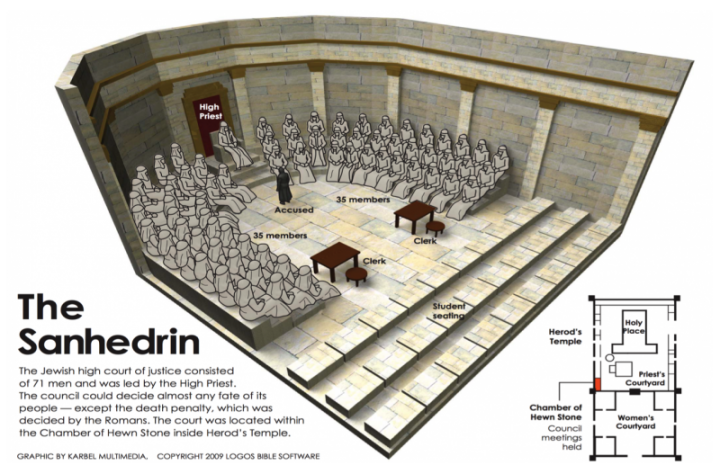
Don't Forget to
In this short teaching, Rico talks about the judicial structure of the Sanhedrin, and it's meaning.
The Great Sanhedrin Council and its history
Required Reading
Tractate Sanhedrin from Seder Nezekin
Sefer Shoftim of the Mishna torah by rambam
1 Chronicles 9, 20-28
Deuteronomy 17
Number 11:16-29
Exodus 18:13-26
Article on the Sanhedrin Wikipedia/ Jewish encyclopedia article
Exodus sets up a precedent about standing when the elders come into the room. Morning to evening standing in the priestly azarah.
functions and Authority
1. The hall of hewn stone ("lishkat ha-gazit") in which the bet din sat was situated on the southern side of the inner court of the Temple (Mid. v. 4). It was used for ritual purposes also, the priests drawing lots there for the daily service of the sacrifices, and also reciting the "Shema'" there (Tamid ii., end, to iii., beginning; iv., end, to v., beginning).
StartFragment
2. The larger part of the hall was on the site of the court of laymen. There were two entrances: one from the court of the priests, which was used by the latter; the other in the Water gate, used by the laity. The Great Bet Din sat daily, except on the Sabbath and on feast-days, between the morning and evening sacrifices (Tosef., Sanh. vii. 1).
3. On the Sabbath and on feast-days, on which there were no meetings in the hall of hewn stone, the members of the bet din assembled in the schoolhouse on the Temple mount (ib.). According to the accounts given in the Talmudic sources, the Great Bet Din had the following functions, which it exercised in part as a body and in part through committees of its members: It had supervision over the Temple service, which was required to be conducted in conformity with the Law and according to Pharisaic interpretation.
4. It decided which priests should perform the Temple service (Mid., end). It supervised especially important ritual acts, as the service on the Day of Atonement (Yoma i. 3). It had in charge the burning of the Red Heifer and the preparation of the water of purification (Tosef., Sanh. iii. 4). When the body of a murdered person was found, members of the Great Bet Din had to take the necessary measurements in order to determine which city, as being the nearest to the place of the murder, was to bring the sacrifice of atonement (Soṭah ix. 1; Tosef., Sanh. iii. 4; comp. Soṭah 44b-45a).
5. It had also to decide as to the harvest tithes (Peah ii. 6). It sat in judgment on women suspected of adultery, and sentenced them to drink the bitter water (Soṭah i. 4). It arranged the calendar (R. H. ii. 5 et seq.), and provided correct copies of the Torah roll for the king, and probably for the Temple also (Tosef., Sanh. iv. 4; Yer. Sanh. ii. 20c).
6. In general it decided all (doubtful questions relating to the religious law (Sanh. 88b) and rendered the final decision in regard to the sentence of the teacher who promulgated opinions contradicting the traditional interpretation of the Law ("zaḳen mamreh"; Sanh. xi. 2-4).
StartFragment EndFragment
THREE COURTS OF LAW WERE THERE,
1. ONE SITUATE AT THE ENTRANCE TO THE TEMPLE MOUNT,
2. ANOTHER AT THE DOOR OF THE [TEMPLE] COURT,
3. THE THIRD IN THE HALL OF HEWN STONES.
EndFragment
Great Sanhedrin 71
1:6 A The great sanhedrin was [made up of] seventy-one members,
B and the small one was [made up of] twenty-three.
C And how do we know that the great sanhedrin was to have seventy-one members?
D Since it is said, Gather to me seventy men of the elders of Israel (Num. 11:16).
E Since Moses was in addition to them, lo, there were seventy-one.
Neusner, J. (1988). The Mishnah : A new translation (p. 584). New Haven, CT: Yale University Press.
Nasi = only voted during a tie
Av beit din = part of the voting process
23 kohen = they were in charge of all the things pertaining to the priestly things
23 levites = they were in charge of all the things pertaining to the levitical things
23 judges from Israel = all the civil matters of Israel that had nothing to do with the temple service.
all specialized in a particular area:
Nasi was the High Priest until the year 191 BCE after that date the Sanhedrin lost confidence on the Priesthood due to the corruption during the Hasmonean kingdom which were priest and kings of Israel the office of the Nasi was established.
**Presidents of the Sanhedrin**
High Priest until the Hasmonean family
Hillel until his death on the year 10th CE during this time Shammai was also the Av beit Din or the vice president of the Sanhedrin.
Shammai until his death on the year 30 CE and was working with Ananias the high priest which was corrupt.
From the year 10 CE era to the 30th Shammai was the Av bit Din not the Nasi
from the year 30 CE Gamaliel was the Nasi of the sanhedrin trying to get back the order after the time of shammai (Gamaliel defending the believers)
***Annas was the high priest in the first century but was not allowed to be the Nasi.***
Great Sanhedrin 71 judge in reference to:
1:5 A (1) They judge a tribe, a false prophet [Dt. 18:20], and a high priest, only on the instructions of a court of seventy-one members.
B (2) They bring forth [the army] to wage a war fought by choice only on the instructions of a court of seventy-one.
C (3) They make additions to the city [of Jerusalem] and to the courtyards [of the Temple] only on the instructions of a court of seventy-one.
D (4) They set up sanhedrins for the tribes only on the instructions of a court of seventy-one.
E (5) They declare a city to be “an apostate city” [Dt. 13:12ff.] only on the instructions of a court of seventy-one.
F And they do not declare a city to be “an apostate city” on the frontier,
Neusner, J. (1988). The Mishnah : A new translation (p. 584). New Haven, CT: Yale University Press.
69 Judges are from Kohenim, Leviim and Israel with the Nasi and Av Beit Din
Nasi = only voted during a tie
Av beit din = part of the voting process
23 kohen = they were in charge of all the things pertaining to the priestly things
23 levites = they were in charge of all the things pertaining to the levitical things
23 judges from Israel = all the civil matters of Israel that had nothing to do with the temple service.
23 Kohen = ruled to laws dealing with the 1. Altar, 2. Azarah, 3. building in the Kadosh area of the Priest, 4. Korbanots and 5. temple priestly guard, 6. Moedims and 7. Anything dealing with the holy things of the kohen, 8. metsora (Lepers) they had special kohen who can do this job, 9. Free will offerings for the Kohen 10. Slaughtering 11. Red heifer 12.
23 Leviim = ruled to laws in relation to 1. choir , 2. gates, 3. medicine, 4. water sources, 5. garments, 6. charge of the breads (10 of the 13 bread offerings) 7. runnings the building and offices and maintaining the order in support of the priest 8. In charge of all the tithes that belong to them
23 Israel = 1. Violent crimes, 2. lawsuits, 3. marriages, 4. matters that do not deal with the temple purities or any levitical duties.
Video
Audio
Resources
The following is a list of recommended resources for this teaching:
- No additional resources at this time...
Categories
5 thoughts on “Did you know about the Judicial Structure of the Sanhedrin?”
Leave a Comment
You must be logged in to post a comment.


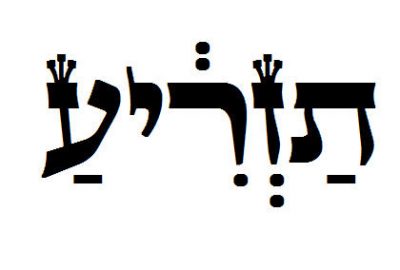
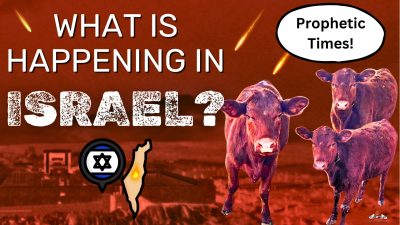
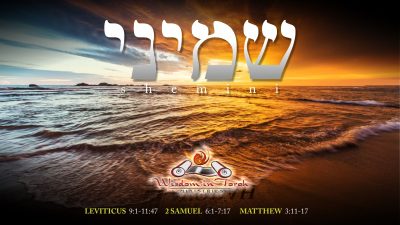
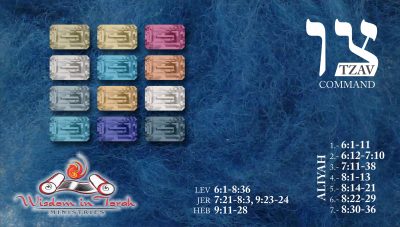
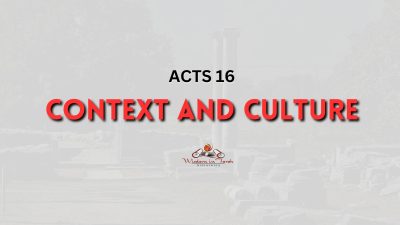
Rico,
I have been a member since January 2015… Love your teaching. I am looking at the Talmud regarding the Sanhedrin and your teachings of this subject… Do you consider this a criminal case or a civil case in the eyes of the Talmud and the Sanhedrin? Different rules are applied for civil cases versus criminal cases for the Sanhedrin. We know that our Mashiach was innocent and yet was hung.
Having Annanais and Shammai on the Supreme council during Yeshua’s ministry is significant in my view.
Keep up the great work… Brother in Yeshua Mike
Shalom
We do know that the people who judged Yeshua we part of the sanhedrin but they did it out of order and were not endorse the whole sanhedrin. illegal court case in regards to Yeshua.
Also, why would pilot listen to the wrong officers of the wrong court; surely he would have known the Sanhedrian needed to be involved?
How is it that the Sanhedrian didn’t hear of what was happening and stop the illegal proceedings?
Rico,
Awesome teaching!!! Todah Rabah for your teachings on the Temple…to teach us the truth and to have a greater understanding!!!
Shalom,
Sinda